An introduction to the difference between GPON and EPON
Time: 2023-12-07
⦁ Background
At present, PON passive optical network (Passive Optical Network) has become the mainstream technology solution for access network, and the following is its service topology diagram:
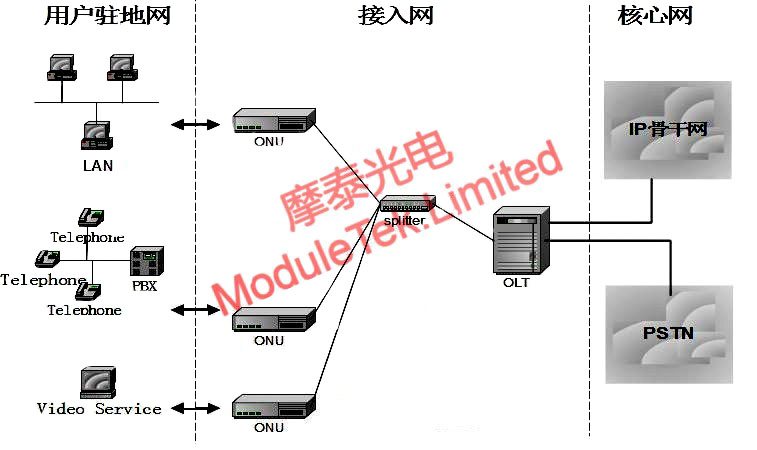
Figure1 PON service topology diagram
As shown above, OLT (Optical Line Terminal) is used to connect the fiber optic trunk line terminal equipment, Splitter for the splitter, can achieve 1:16, 1:32, 1:64 or maximum 1:128 split, ONU (Optical Network Unit) optical network unit belongs to the user side of the device, passively accept the data sent by the OLT, to provide services for the user side. ONU (Optical Network Unit) is a user-side device that passively accepts data sent by OLT and provides services for the user side.
At present, there are two types of GPON and EPON programs, what is the difference and connection between the two? This article makes a brief introduction.
⦁ Follow the protocol differences
EPON is an acronym for Ethernet Passive Optical Network, that is, Ethernet Passive Optical Network, it is by the IEEE International Institute of Electrical and Electronics Engineers, EPON is fully compliant with the characteristics and performance of the Ethernet protocol.
GPON is an acronym for Gigabit Passive Optical Network, that is, Gigabit Passive Optical Network, which is led and defined by the ITU International Telecommunication Union and FSAN full-service access network, the common point of these two organizations is that they are all based on the carrier's technology as the main content of the work.
From the leading definition of the organization, carriers usually choose to choose GPON as the optical network technology, while EPON is closer to Ethernet, GPON and EPON protocols followed are also different.
Table 1 Protocols followed by EPON and GPON
|
ONU Type
|
Protocol
|
Remarks
|
|
EPON
|
IEEE
|
Ethernet protocol
|
|
GPON
|
ITU-T G.984.x
|
Including ITU-T G.984.1/2/3/4 Total 4 protocols
|
⦁ Difference in operating rate
EPON upstream and downstream rates are fixed, while GPON can provide multiple asynchronous transmission rates:
Table 2 EPON and GPON Operating Rate Differences
|
ONU Type
|
Uplink Rate
|
Downstream Rate
|
Remarks
|
|
EPON
|
1.25Gbps
|
1.25Gbps
|
Uplink and downlink rates are fixed at 1.25Gbps.
|
|
GPON
|
0.155Gbps
|
1.244Gbps
|
GPON can support a variety of upstream and downstream asymmetric rate transmission, upstream 1.244Gbps, downstream 2.488Gbps is the mainstream rate.
|
|
0.622Gbps
|
1.244Gbps
|
||
|
1.244Gbps
|
1.244Gbps
|
||
|
0.155Gbps
|
2.488Gbps
|
||
|
0.622Gbps
|
2.488Gbps
|
||
|
1.244Gbps
|
2.488Gbps
|
||
|
2.488Gbps
|
2.488Gbps
|
⦁ Difference in Tap Ratio
Tap ratio is how many ONU user ends an OLT port carries. Due to the advantage of downlink rate, GPON is usually 1:64~1:128, and EPON is usually 1:16~1:32 tap ratio, GPON can support more ONU users.
In summary, GPON and EPON as an important part of the access network, each has its own merits, and GPON than EPON bandwidth (mainly focus on the downlink) is larger, more powerful split capacity, more flexible, can support more users, the transmission of a larger bandwidth services.
Moduletek Limited is at your service !
If you have any questions about the above content, you can contact us by Email : web@moduletek.com

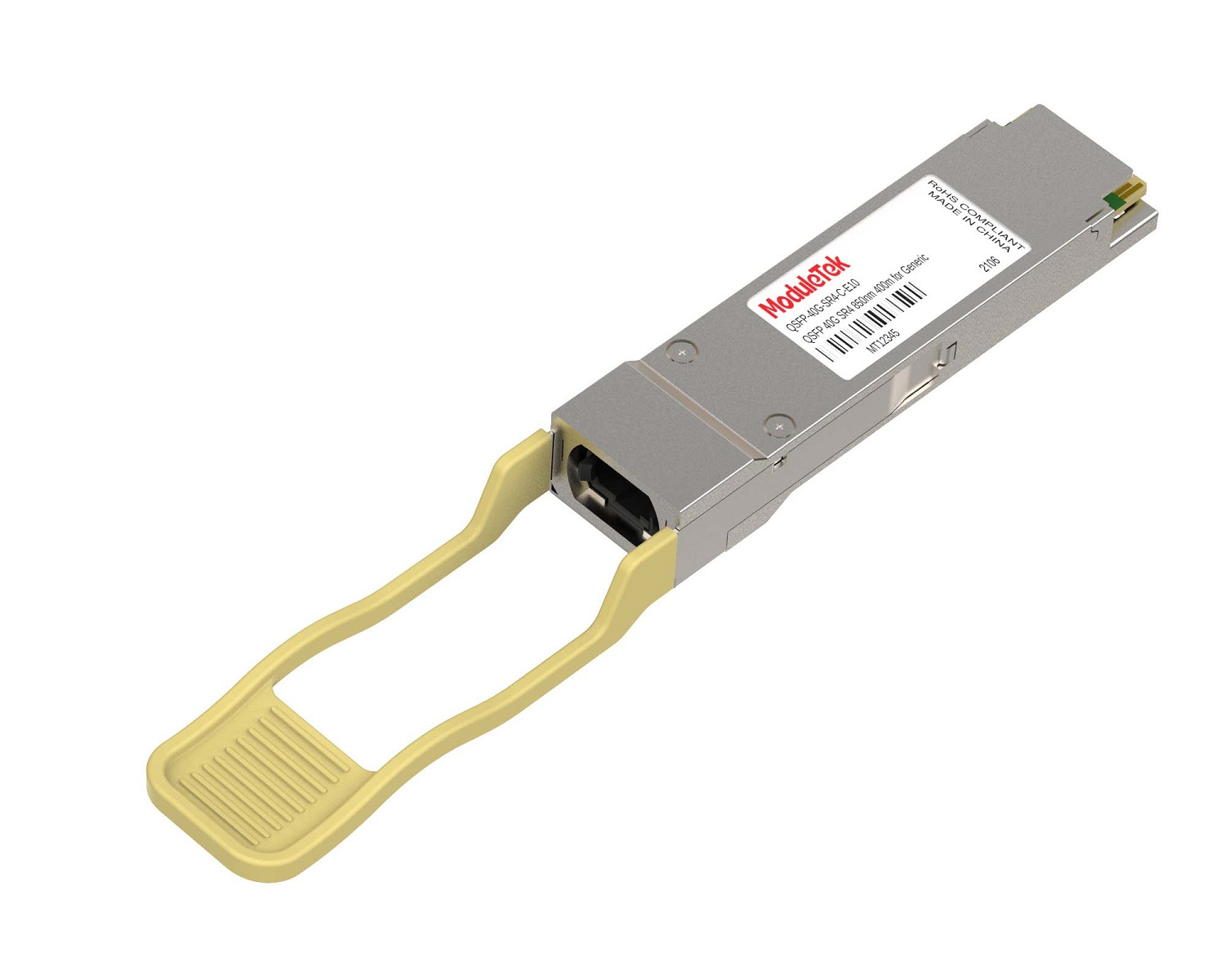 40G/100G Optical Transceivers
40G/100G Optical Transceivers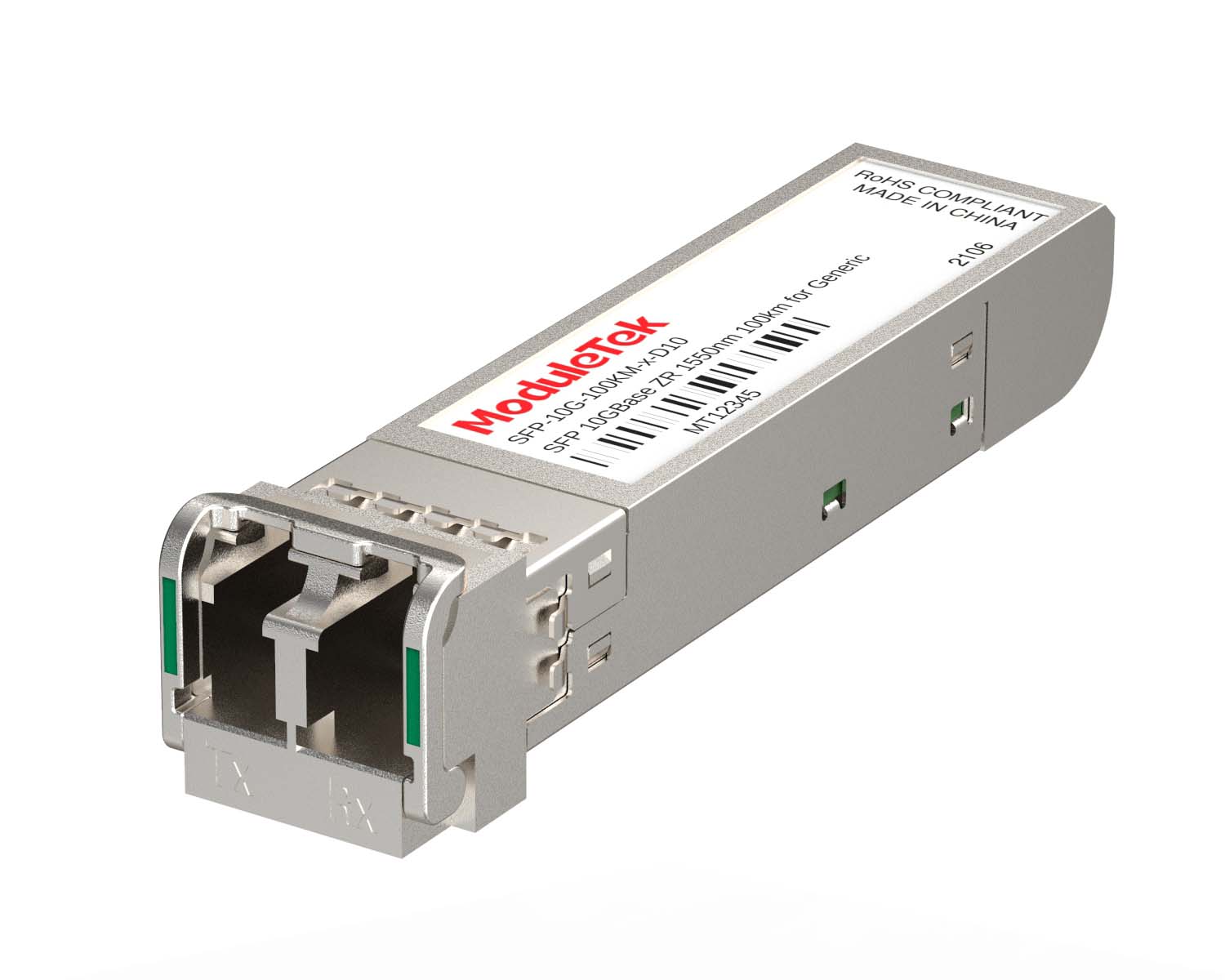 10G/25G Optical Transceivers
10G/25G Optical Transceivers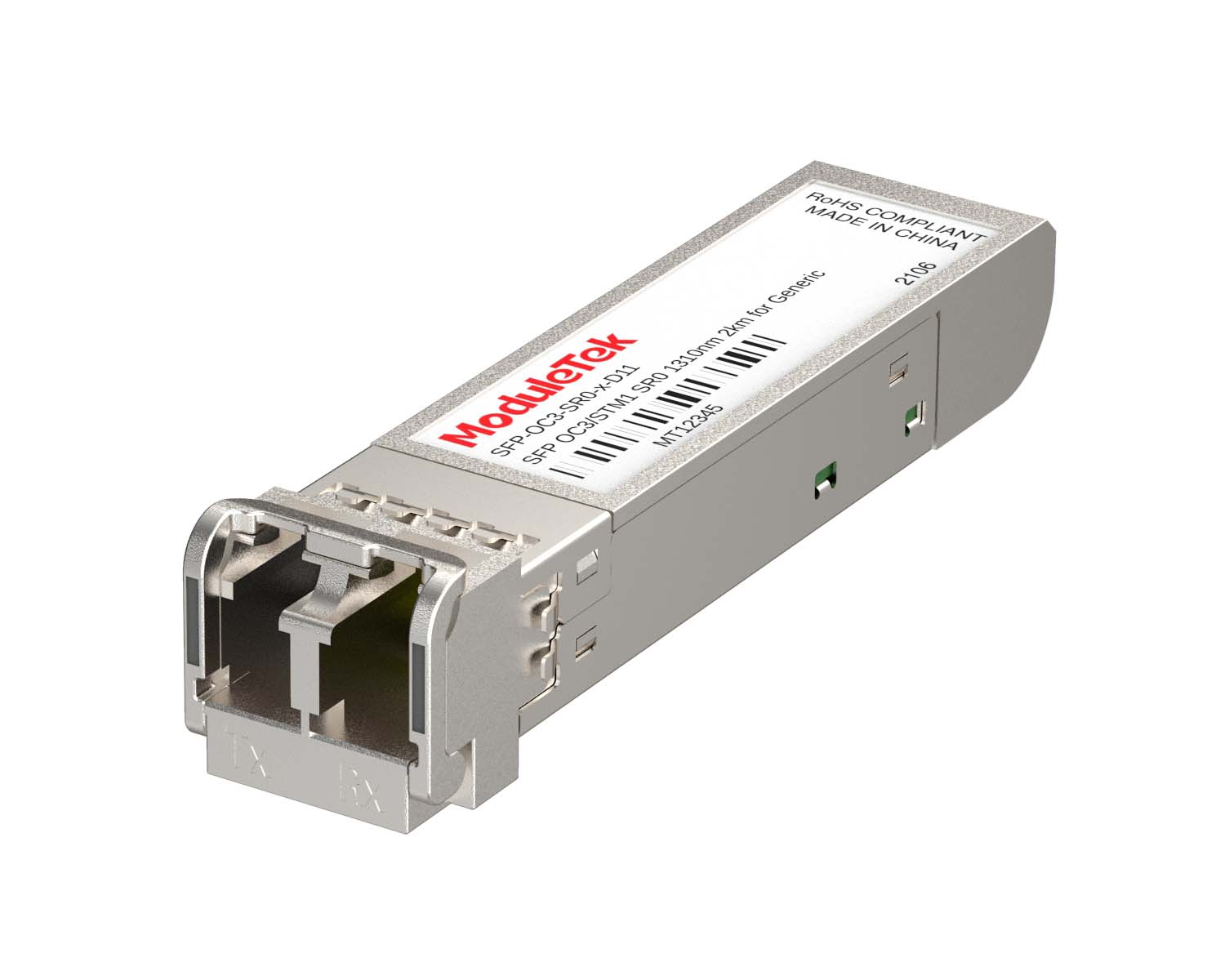 155M/622M/2.5G Optical Transceivers
155M/622M/2.5G Optical Transceivers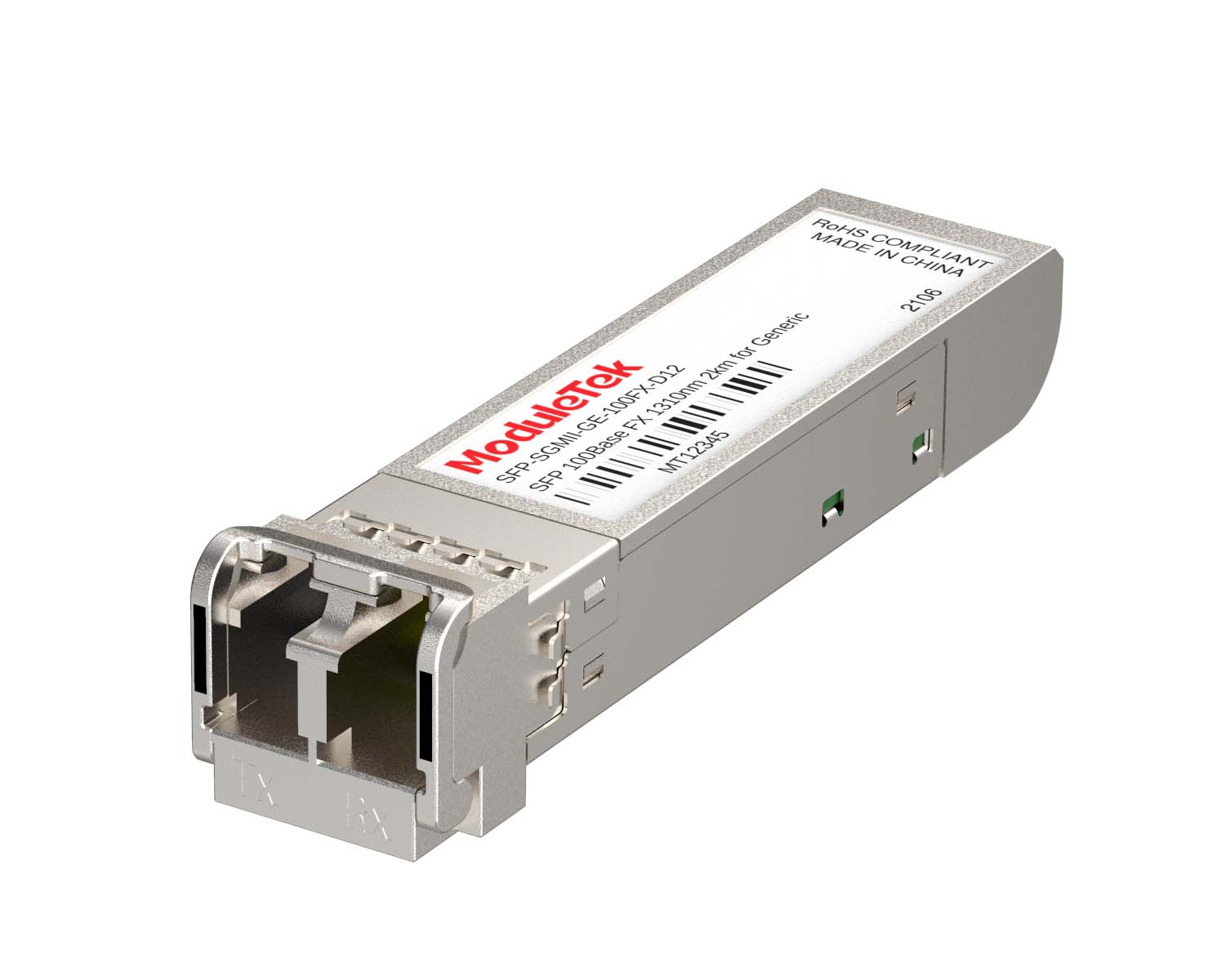 100M/1G Optical Transceivers
100M/1G Optical Transceivers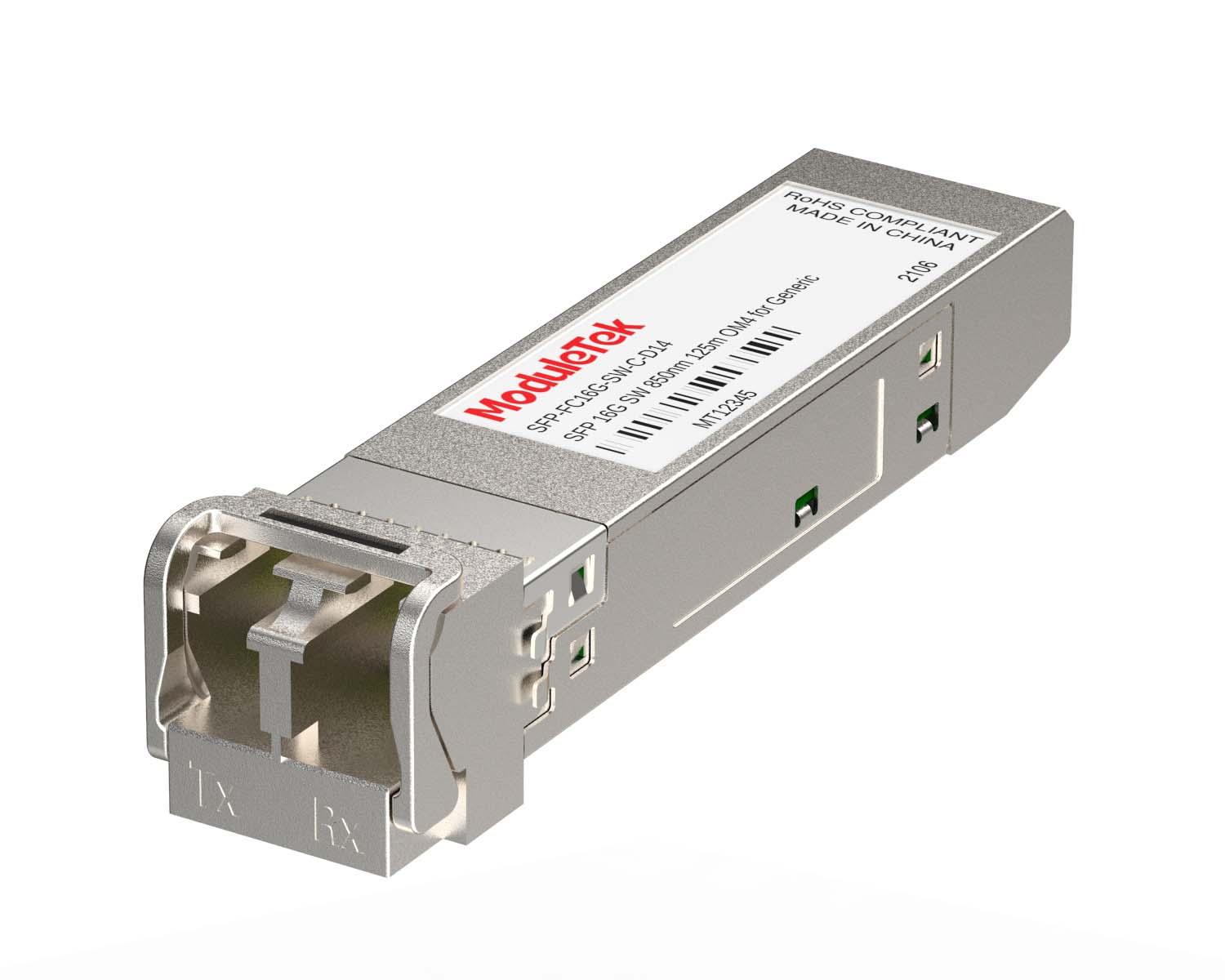 FC 16G/32G Optical Transceivers
FC 16G/32G Optical Transceivers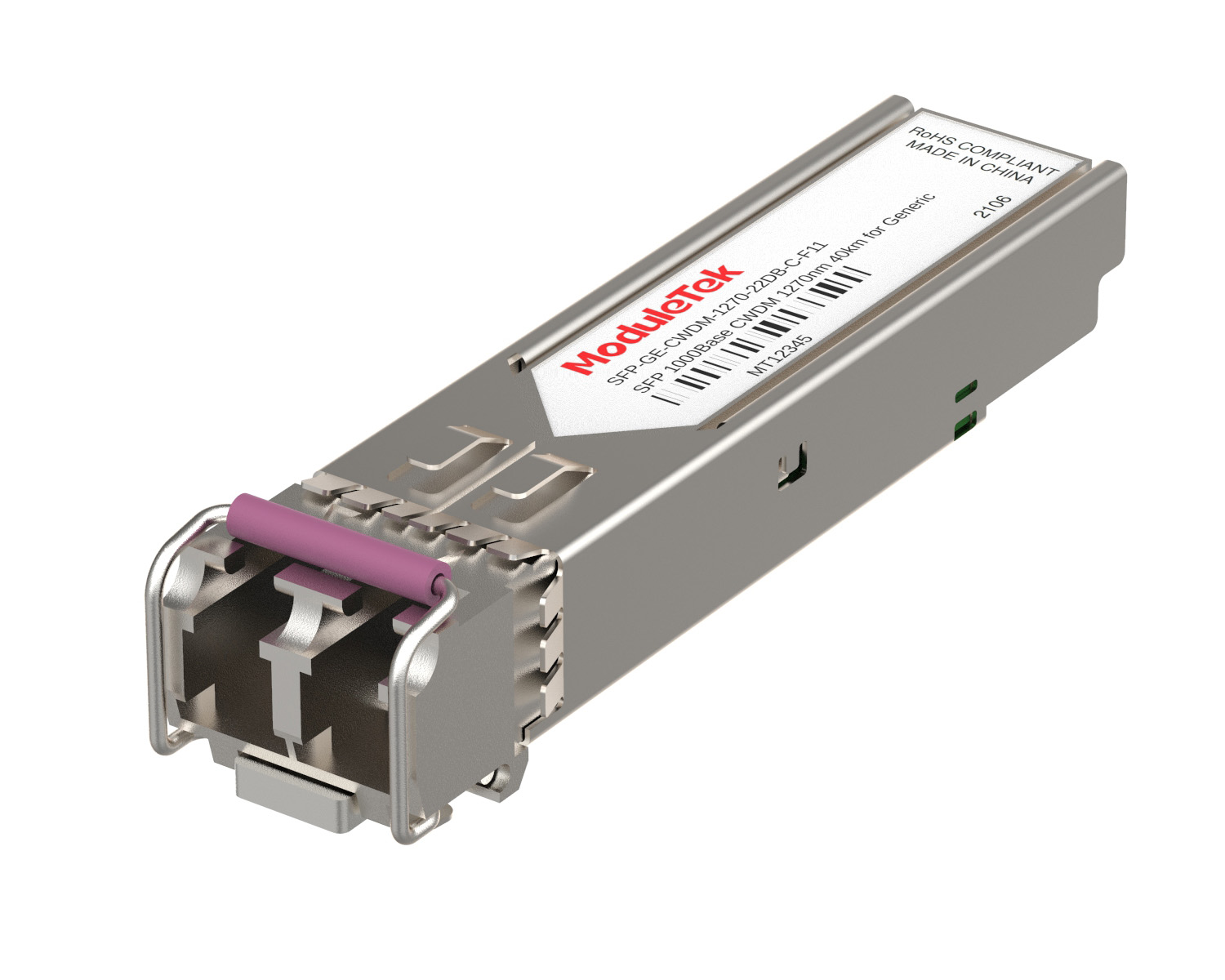 CWDM/DWDM Optical Transceivers
CWDM/DWDM Optical Transceivers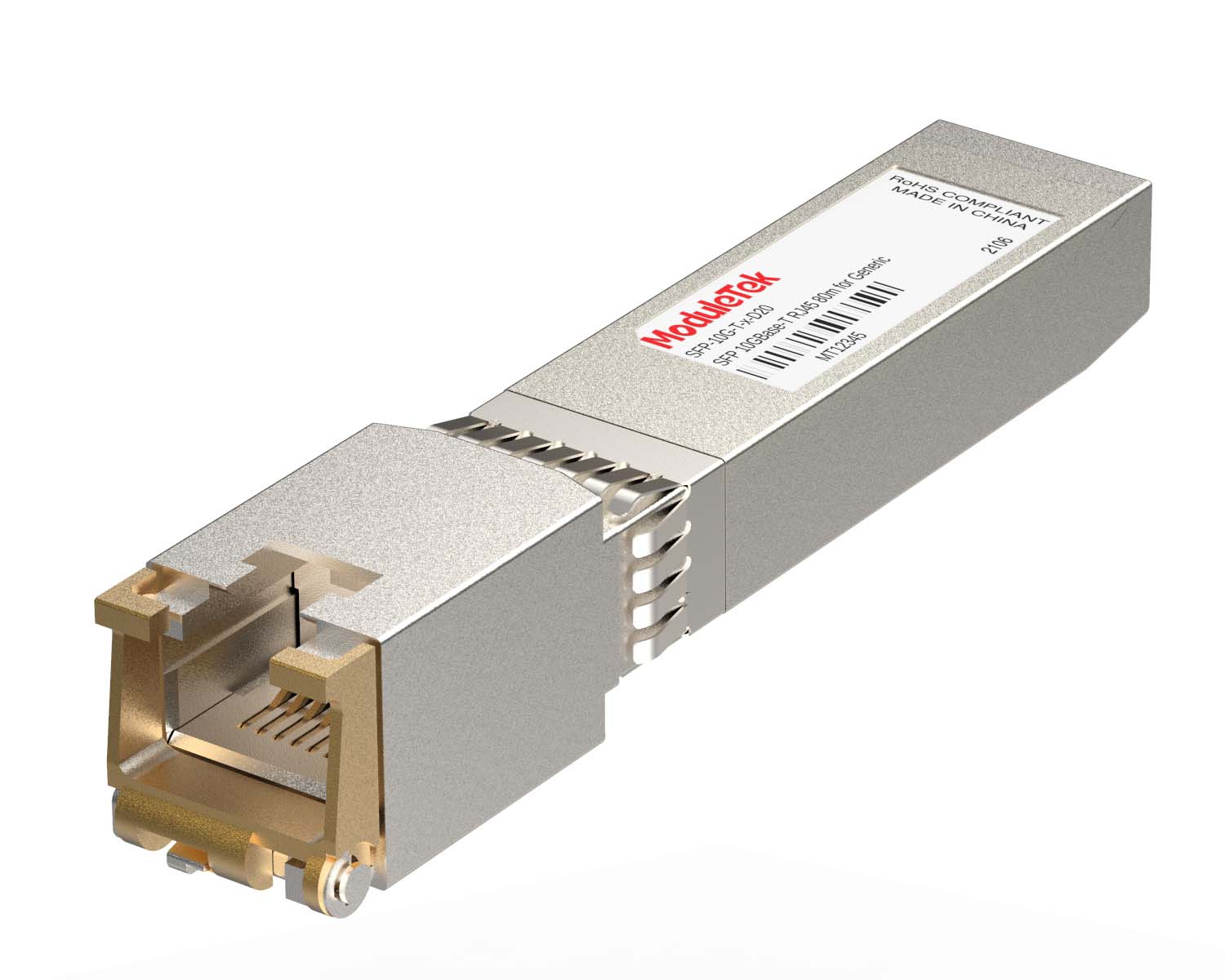 100M/1G/10G Coppers
100M/1G/10G Coppers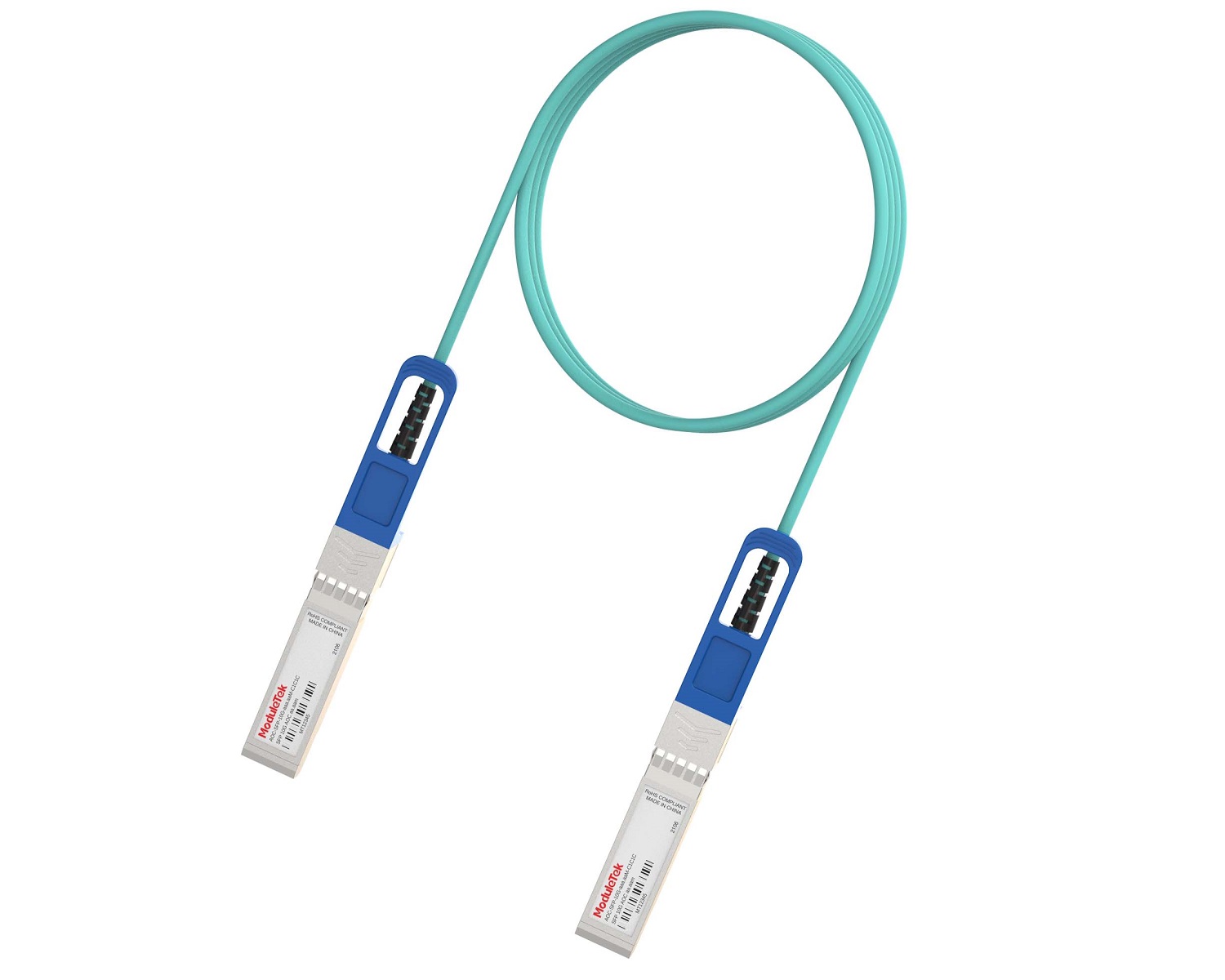 Active Cable AOC
Active Cable AOC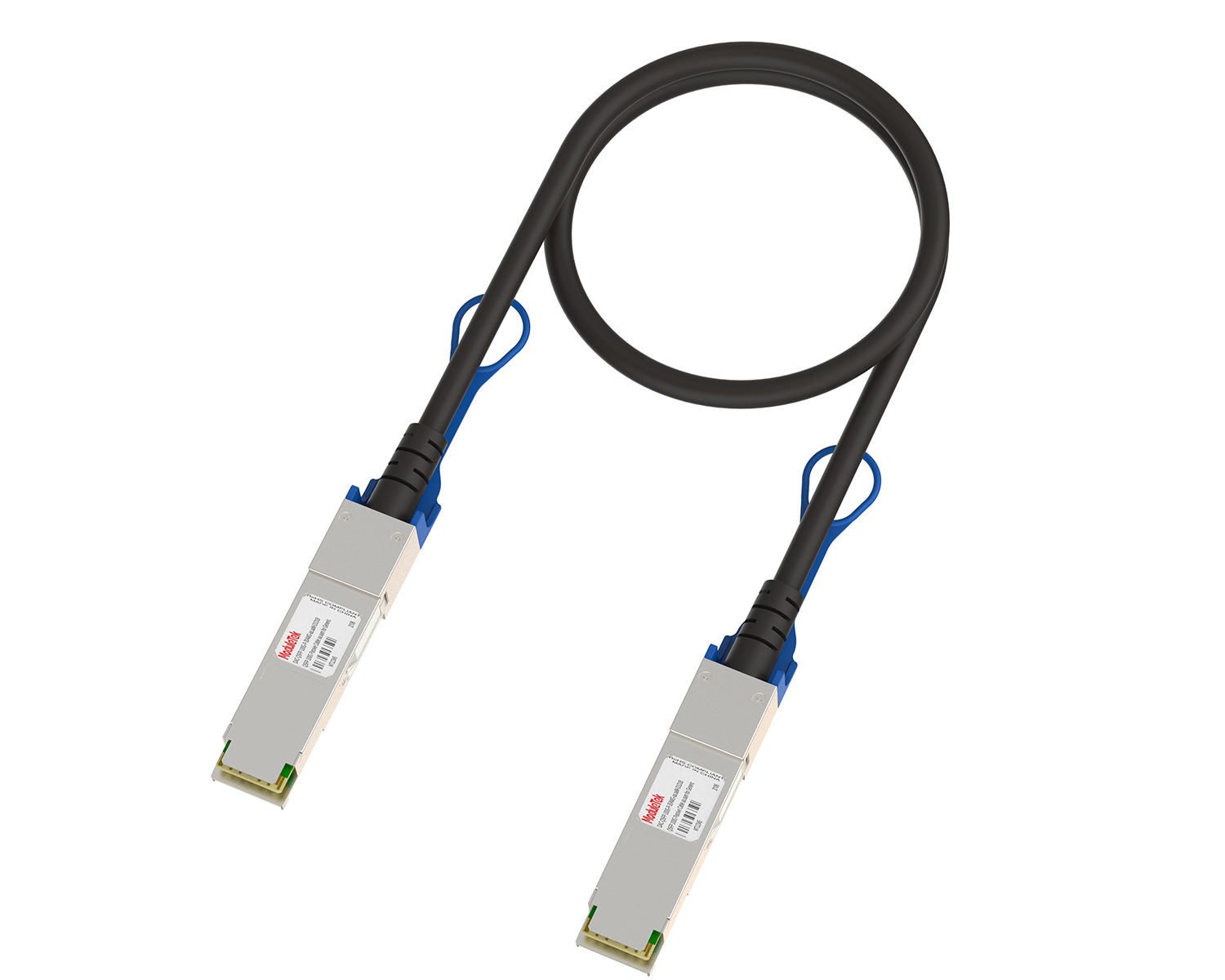 Direct Attach Cable DAC
Direct Attach Cable DAC Regular/MTP-MPO Fiber Patch Cords
Regular/MTP-MPO Fiber Patch Cords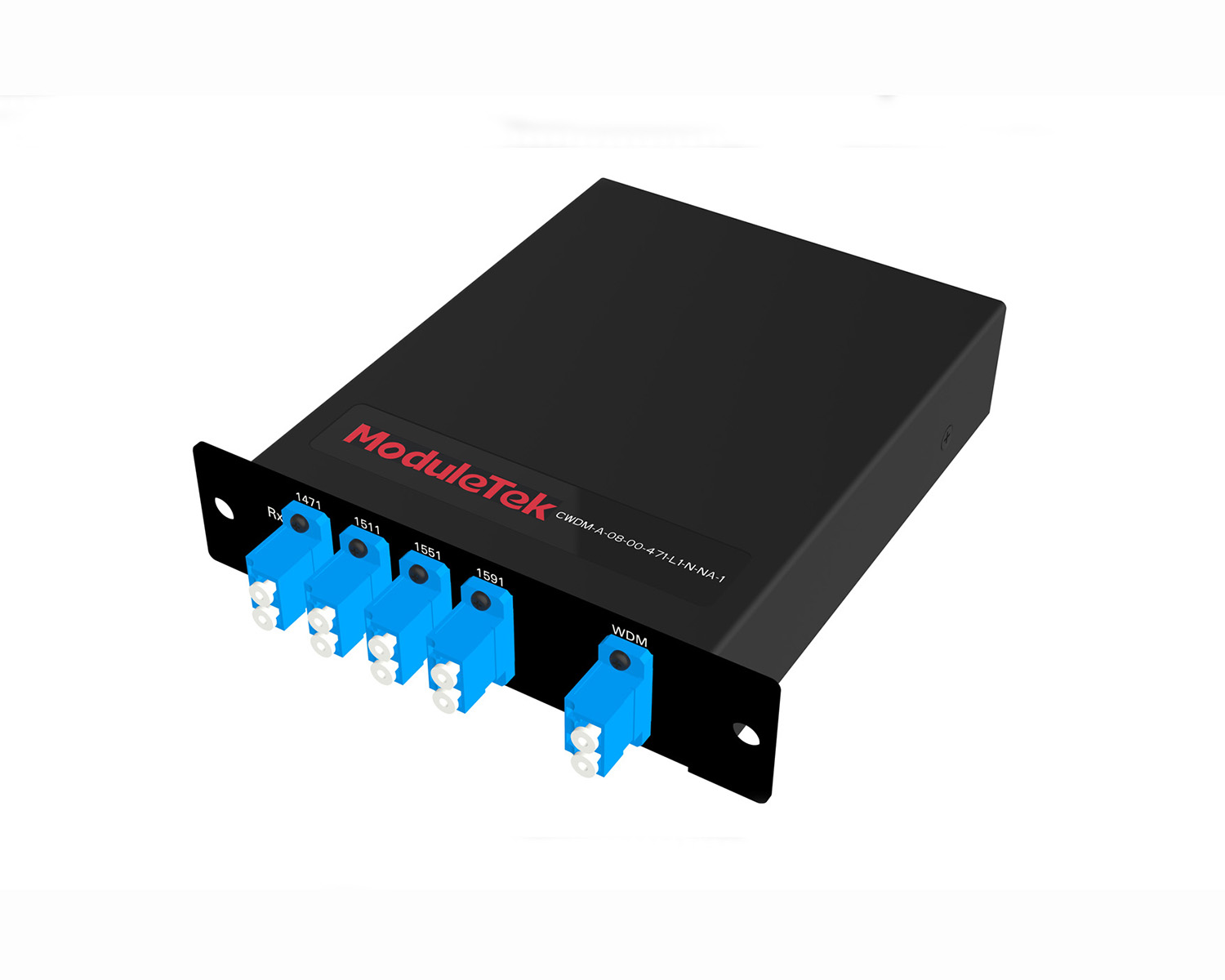 MT2011
MT2011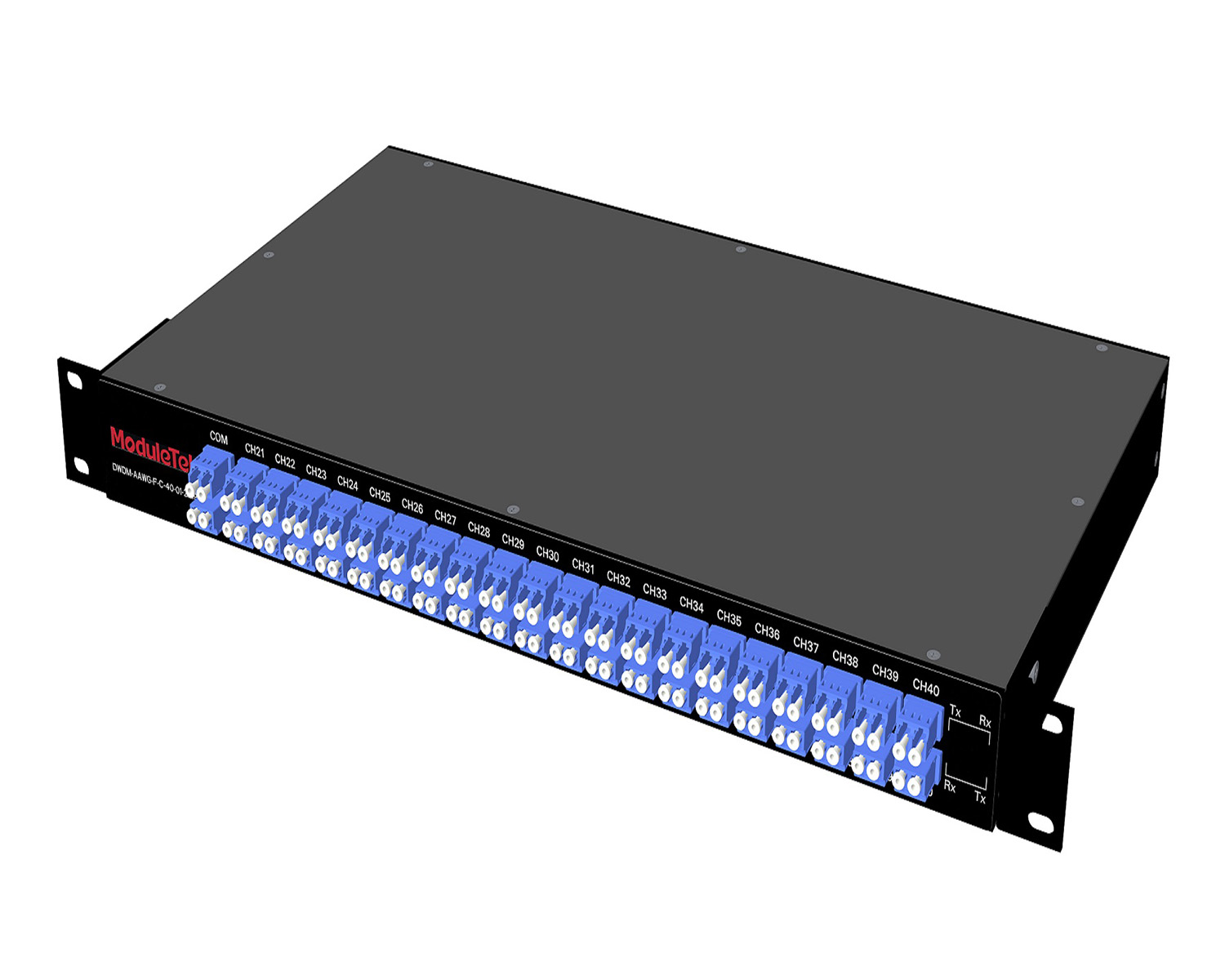 MT2010
MT2010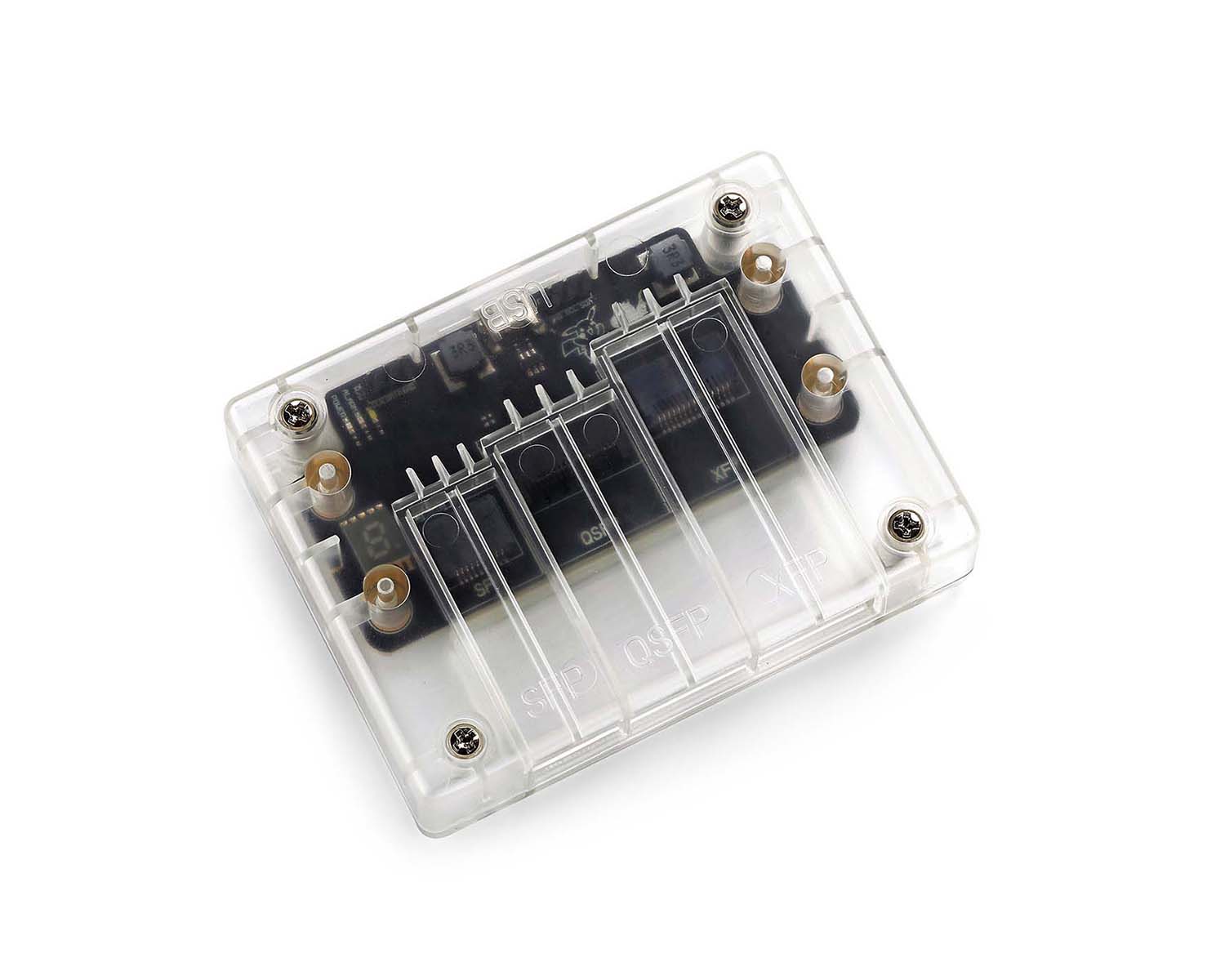 CodingBox
CodingBox






